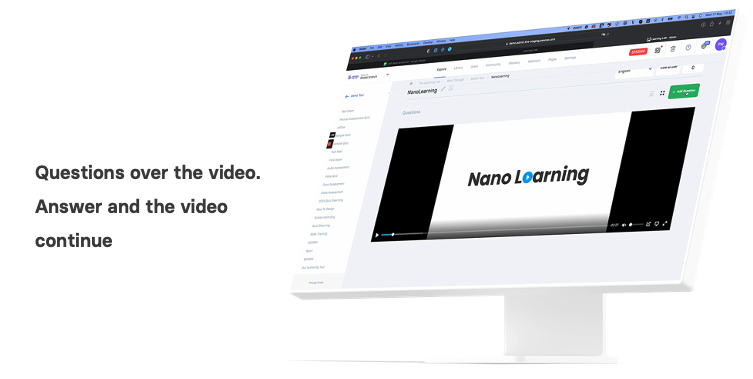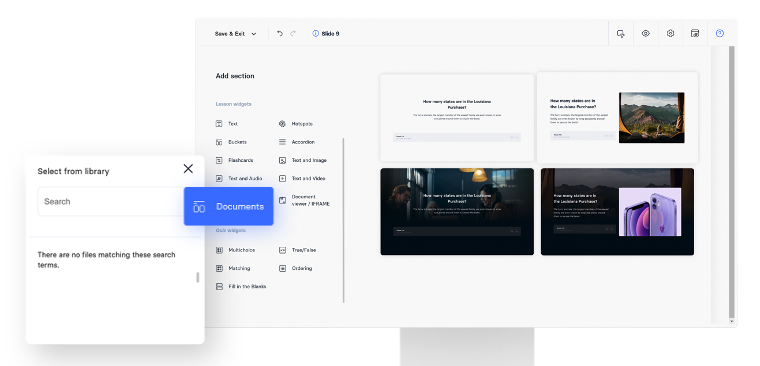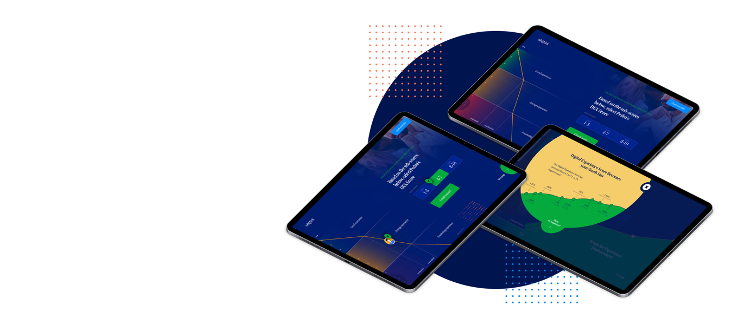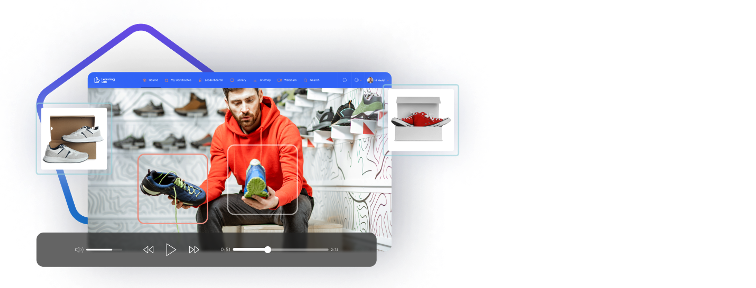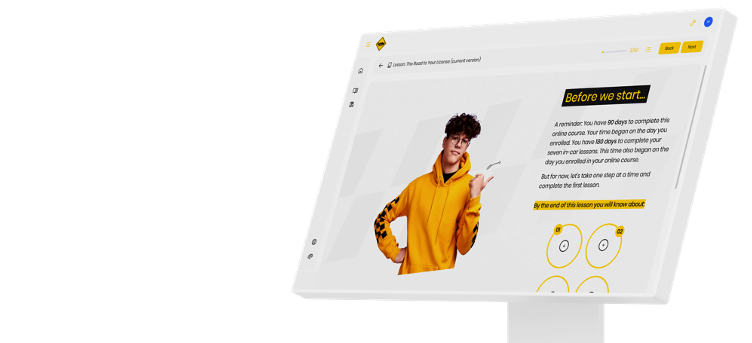How to design Engaging Learning Experience
The Essentials for Creating an Engaging eLearning Experience as An Instructional Designer
Creating an engaging eLearning experience as an instructional designer requires a blend of educational expertise and technical savvy.
At the core, understanding the target audience is crucial; this involves assessing their learning needs, preferences, and challenges.
Content must be relevant and tailored to these needs, ensuring it's both informative and engaging. Integrating interactive elements like quizzes, simulations, and gamified scenarios enhances learner engagement and retention.
A clear and intuitive user interface is essential, as it reduces cognitive load and allows learners to focus on the content.
Accessibility is also key, ensuring the course is usable for people with various abilities and from different cultural backgrounds.
Utilising multimedia, such as videos, animations, and infographics, caters to different learning styles and keeps the content dynamic.
Regular feedback and assessment opportunities enable learners to track their progress and stay motivated.
Continuous evaluation and updates ensure the eLearning experience remains relevant, effective, and aligned with the latest educational trends and technological advancements.
Cultivating Learning Culture - Actions list
Social Learning
Employees can share real-world experiences, customer interactions, and problem-solving techniques, enriching the learning experience beyond conventional training modules.
Peer to Peer Learning
Peer trainers can provide real-life anecdotes, hands-on demonstrations, and immediate feedback, bridging the gap between theoretical knowledge and practical application.
Interview the staff
Instructor-Lead Training
The face-to-face aspect of Intructor-Lead Training ensures that nuances in communication, sales techniques, and product demonstrations are thoroughly addressed, fostering a deeper understanding and promoting consistency across the brand.
Reward (gamification)
The implementation of rewards, badges, and certifications in retail training is integral to fostering motivation, recognising achievement, and validating competence.
Learning Path
Custom Learning Paths in retail training are essential for addressing the diverse needs and backgrounds of learners, ensuring that training is both relevant and effective.
Nano Audio and video
Audio and video-based learning offer multifaceted benefits in retail training, tapping into the sensory experiences that drive comprehension and retention.
User generated content
People don’t read online
For mobile learning, the significance of transforming long textual content into audio or video formats cannot be overstated.
As online reading habits lean towards skimming, multimedia content caters effectively to the mobile learner's needs.
Audio and video elements make learning more accessible and engaging, especially for those on-the-go.
They allow learners to absorb information hands-free or while multitasking, fitting seamlessly into busy lifestyles.
This approach not only enhances retention but also broadens the reach of educational content, accommodating diverse learning styles and preferences in our increasingly mobile-centric world.
Don't overload your Learners
The importance of not overwhelming learners with excessive information cannot be understated in the realm of effective education.
To combat cognitive overload, breaking down information into smaller, manageable chunks is crucial.
This approach aligns well with the concept of nano-learning, where content is delivered in short, focused bursts, often just a few minutes long.
Such a strategy enhances comprehension and retention, allowing learners to absorb and reflect on information without feeling overwhelmed.
Nano-learning particularly suits today's fast-paced lifestyle, enabling learners to integrate education seamlessly into their daily routines without dedicating large blocks of time to study.
This modular approach to learning ensures a more engaging, efficient, and learner-friendly educational experience.
Regularly asset the learning knowledge
Regular assessment of learning knowledge is a critical component of any effective online training program.
By embedding activities and questions throughout the course material, rather than solely in quizzes or tests at the end, instructional designers can significantly boost learner engagement and information retention.
This continuous engagement strategy helps to reinforce concepts as they are introduced, allowing learners to apply knowledge immediately, which can lead to better understanding and recall.
It also provides real-time feedback to learners about their understanding, enabling them to identify and focus on areas needing additional review.
It fosters a learning environment that is interactive and dynamic, keeping the content from becoming monotonous and the learners actively involved in their educational journey.
Adopt Video Quiz
Video quizzes represent a powerful tool in e-learning, combining the dynamic nature of video with the interactive benefits of assessment.
This format is highly efficient for several reasons. It caters to the visual and auditory learning styles, making complex concepts more understandable through demonstration and narration.
Video quizzes provide immediate feedback, allowing learners to quickly gauge their understanding and retain information more effectively.
They also keep learners engaged by breaking up longer sessions into more digestible segments.
Video quizzes can simulate real-life scenarios, offering a safe environment for learners to apply knowledge without real-world consequences.
This not only enhances learning outcomes but also encourages practical application of skills.
They offer flexibility, as learners can pause and revisit content as needed, accommodating self-paced learning. Overall, video quizzes enrich the e-learning experience by making it more interactive, engaging, and effective.
Lead the learners to live sessions
Leading learners to live sessions is a pivotal strategy in e-learning that harnesses the power of interaction and discussion for deeper learning.
These sessions provide a platform for learners to clarify doubts in real-time, engage in rich discussions, and explore complex topics in a collaborative environment.
The immediacy of live interaction fosters a sense of community and belonging, which can be highly motivating and enhance the learning experience.
The opportunity to engage directly with instructors and peers allows learners to approach information from various perspectives, encouraging critical thinking and problem-solving.
Live sessions also offer the advantage of immediate feedback, enabling learners to correct misunderstandings promptly.
This dynamic form of learning ensures that knowledge is not just passively received but actively constructed, helping to solidify and integrate new information more effectively into long-term memory.
Include interactive elements
Offer Documents to download or consult
Leverage Chats and Forums
Visualise information with premium illustrations
Use visual aids such as images, infographics, videos, and diagrams to present information. Visuals enhance understanding, stimulate visual memory, and make complex concepts easier to grasp and recall.
Provide spaced repetition to memorise
Space out learning activities and review sessions over time to reinforce information retention.
Spaced repetition helps learners consolidate knowledge by revisiting and reinforcing previously learned material at strategic intervals.
Be open to feedback and survey
Make it personal
Adopt scenario based learning (make it related to real-life situations) and brand matters
Brand matters
Design and branding in eLearning are more than just aesthetic choices; they're vital to creating a personalized and coherent learning experience.
A strong design and consistent branding help to create a professional and trustworthy environment that reflects the values and objectives of the educational program.
They contribute to the learner's sense of belonging and engagement by providing a distinctive atmosphere that resonates on a personal level.
Good design ensures clarity and ease of navigation, reducing cognitive load and allowing learners to focus on content.
Cohesive branding can foster a connection to the material, making the learning journey feel more tailored and relevant to the individual. It also aids in recognition and recall, as well-crafted visual elements become associated with the knowledge acquired.
Thoughtful design and branding are not just the packaging of eLearning content; they are crucial elements that shape the educational experience and support the learner's journey.
Underline the objectives
In this lesson you will learn how to…
…this lesson you have learned how to…
Gamification and its impact on learner engagement
Gamification is a powerful technique that can significantly enhance learner engagement and motivation.
By incorporating game-like elements into learning experiences, you can transform mundane tasks into exciting and challenging activities that encourage learners to actively participate and progress.
The Learning Lab platform epitomizes the fusion of simplicity and aesthetic design in the e-learning landscape.
By prioritising user-friendly interfaces and intuitive navigation, Learning Lab ensures that learners can focus on the content without being hindered by complex navigation or overwhelming interfaces.
Its sleek, modern design is not only visually appealing but also functional, facilitating a more engaging and less distracting learning environment.
The Learning platform leverages design principles that cater to diverse learning styles, incorporating multimedia elements that enrich the educational experience.
The Learning Lab simplifies the learning process, allowing users to move through courses with ease and confidence.
The emphasis on design also reflects a commitment to creating a pleasant learning atmosphere that encourages continuous engagement and improvement.
The Learning Lab sets itself apart as a premier e-learning platform that simplifies learning while leveraging the power of thoughtful design to maximise educational impact.






